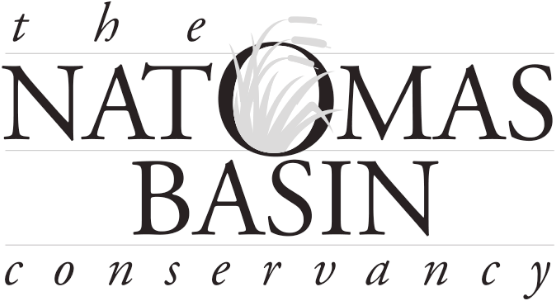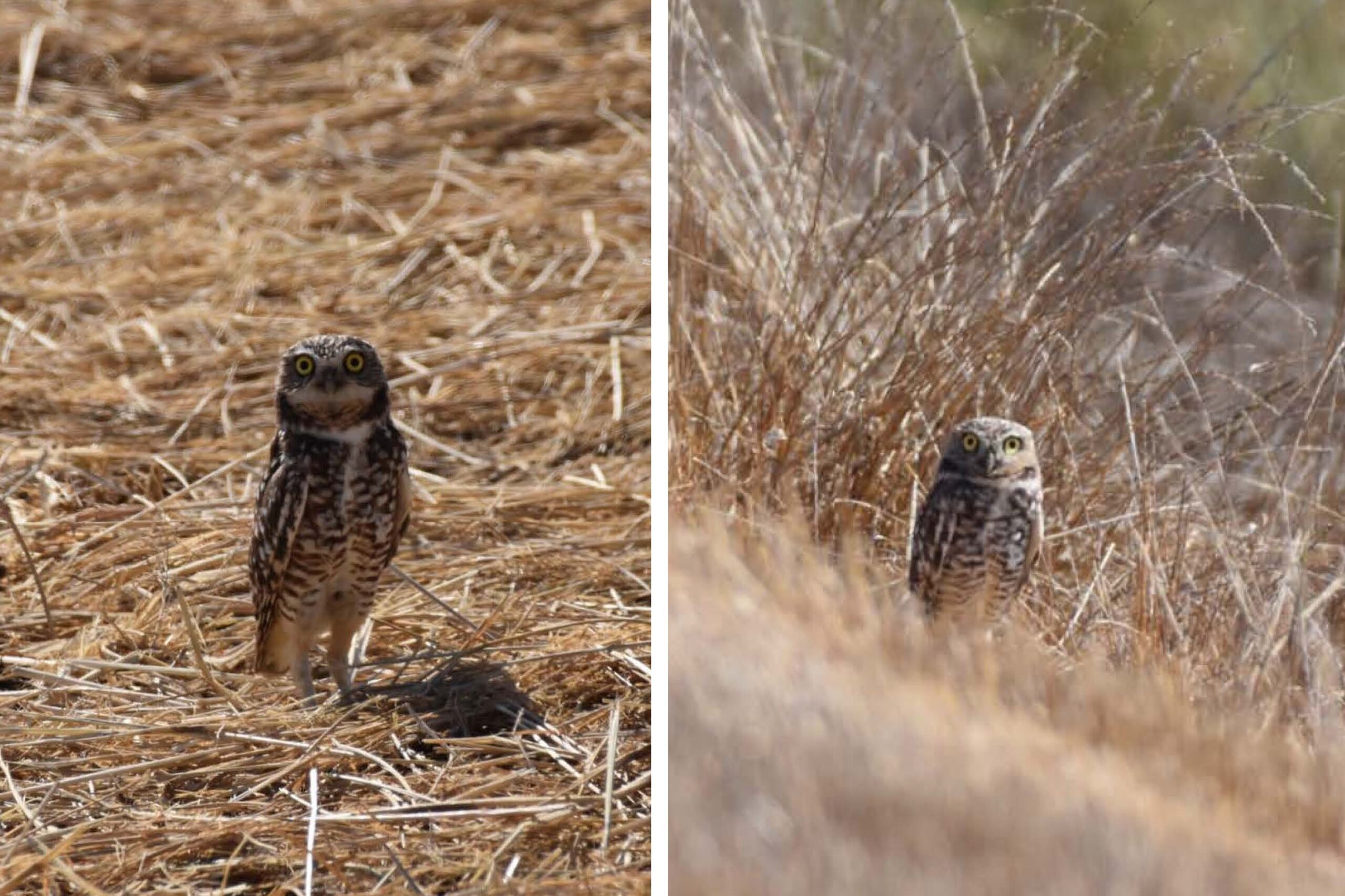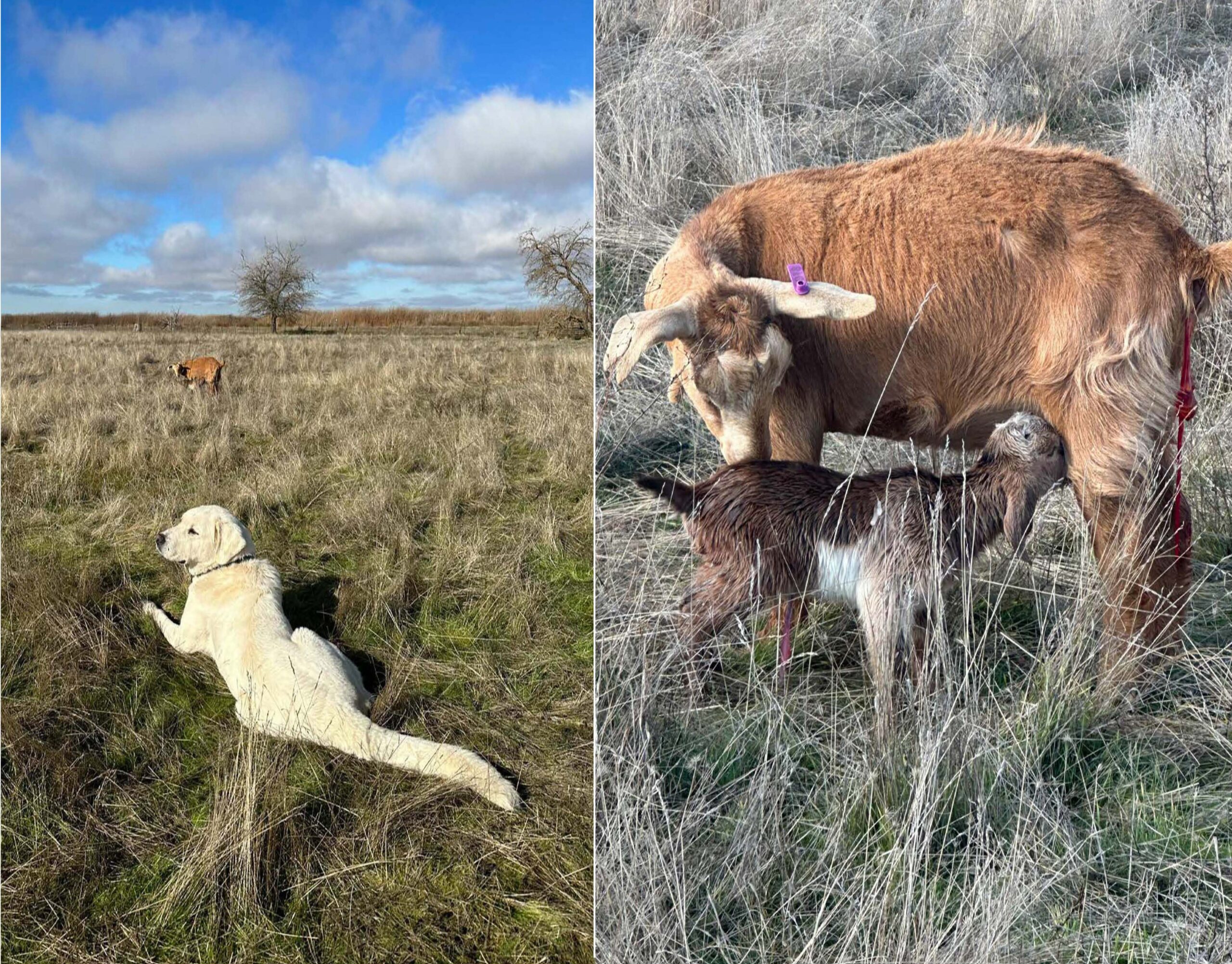Some 20 years or so ago, the Conservancy, working in cooperation with the Natomas Central Mutual Water Company and a rice farming tenant, constructed new nesting areas for the owl. We were guided by several experts on the project, mostly by a subject matter expert at the California Raptor Center, a UC Davis, School of Veterinary Medicine affiliate. (You can see that there was a lot of collaboration on this one!)
The embankment we constructed back then, and in which we added Burrowing owl features, was quickly occupied. After some years of occupancy, however, the nests were periodically vacated. We assumed that the birds simply couldn’t find enough prey in those years, given that the site we chose was surrounded by rice paddies.
The rice field location for the Conservancy’s Burrowing owl nesting site experiment was chosen partly because of a series of unfortunate outcomes with Burrowing owls nested on dry land and upland areas. We’d experienced coyote predation on the Burrowing owls in these locations. (We also experienced predation from neighborhood dogs, which was astonishing to us.) Although coyotes do visit rice fields in the growing season, we don’t see them there very often. Maybe this is why the owls today use this Conservancy Burrowing owl experiment: less threat by one of their biggest predators.
Happily, the Conservancy’s experiment has paid off. In these photos, you can see photo-documentation of one of our friends at the experiment site in the Conservancy’s Central Basin Reserve Area. We couldn’t be more thrilled to have one of the HCPs’ most interesting creatures on Conservancy property and appearing as robust and healthy as ever.


